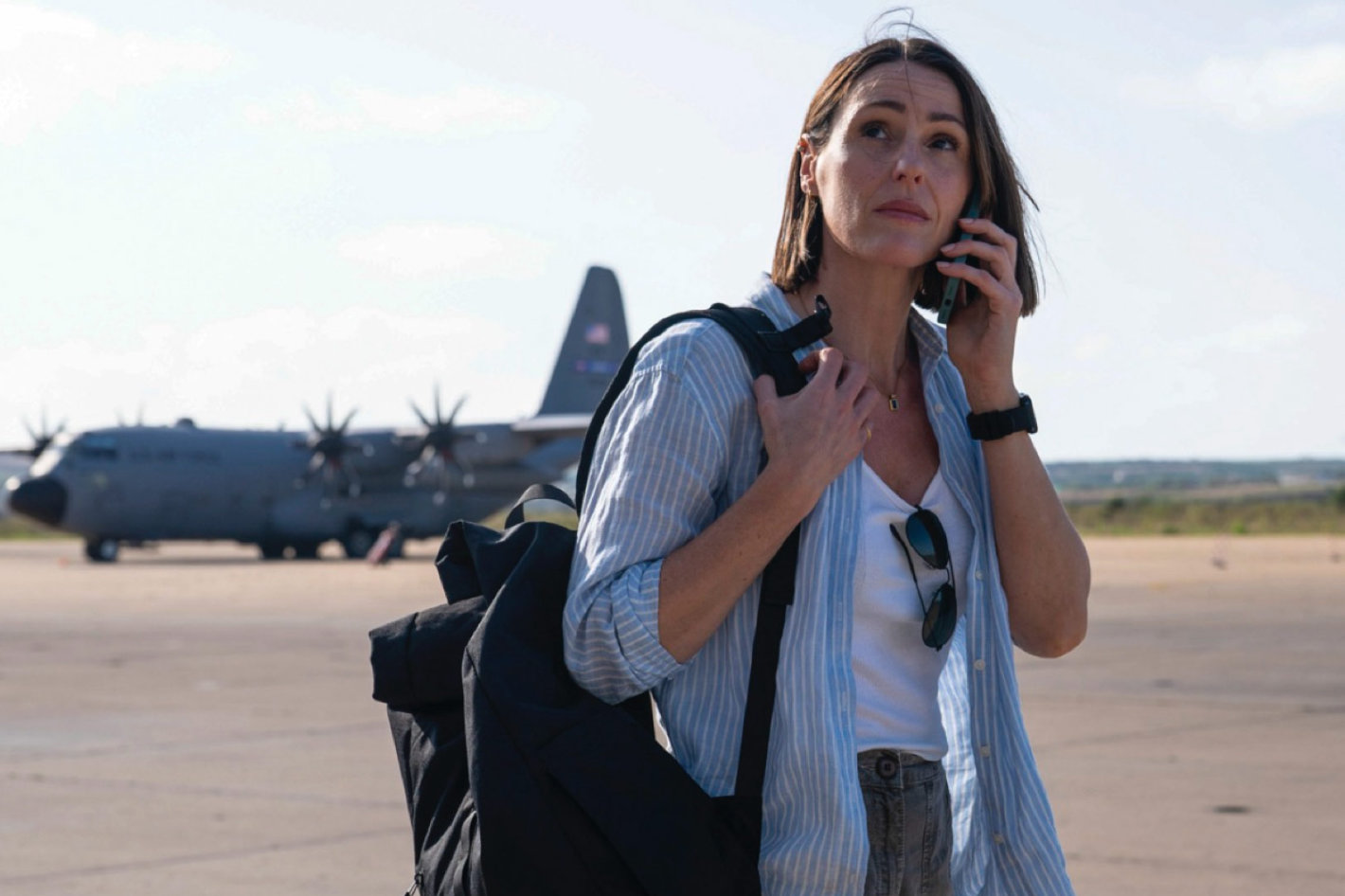
Produced by World Productions (“Line of Duty,” “Bodyguard”) for the BBC, “Vigil” made its return following a highly successful first series. The acclaimed series goes airborne in series two when a weapons test turns deadly, and all eyes are on DCI Amy Silva (Suranne Jones).
The whole production process of the series is another real-world example of the right tools used for the job, with the experience shared by the professionals helping others to pick the workflows and tools that are best for their own work. Blackmagic Design has now shared information about Blazing Griffin Post’s team continued association with the drama series, providing all aspects of picture finishing in 4K using ACES, with both SDR and HDR deliverables. Here is some of that information:
“We experimented with different color palettes for the primary locations,” he explains. “The Glasgow scenes feature a cooler palette, occasionally leaning towards green. In contrast, we used warmer hues to convey the Middle East’s heat and intensity. Given that many of the latter scenes were shot in Scotland, it was crucial that we convincingly depicted the Middle East.”
While the series is a work of fiction, Brown worked to balance the idea of realism with dramatic effect. “In the opening drone scene, we wanted the RPAS (Remotely Piloted Aircraft Systems) to appear more sinister,” he explains. “To achieve that, I isolated the drones and added more contrast to the metallic elements of the body, which helped them stand out. Resolve’s tracking feature was beneficial in achieving this complex task as the drones were fast moving.”
Online Editor Lewis Carmichael worked closely with Blazing Griffin Post’s VFX artist Sam Goodwin to deliver picture enhancement and digital fixes using Fusion Studio, which was linked to the DaVinci Resolve project timeline via VFX Connect.
“There were lots of screen replacements as well as complex paint outs and wire removal,” notes Carmichael. “This way, we could combine Resolve’s edit and color features and enjoy the extended features of Fusion standalone. Whether it was rendering down shots, compound clips or Fusion clips, VFX Connect saved us a huge amount of time, especially when it came to client playback, as some shots featured multiple layers of graphics, all at 4K resolution.”
The experience gained in the original series helped define best practices for the second season. Blazing Griffin Post developed a new workflow for series two, allowing for a single HDR10 project timeline. “It dramatically sped up our approach from series one, creating a more efficient finishing workflow,” Carmichael concludes. “Whether it’s late stage editing, visual effects updates, quality control (QC) fixes, or any other changes, we only need to apply changes once to a single timeline.”
